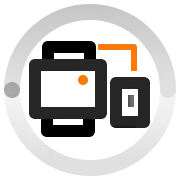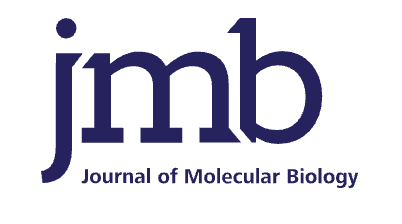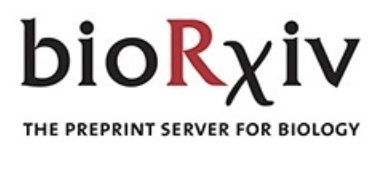How does FIDA move frontiers in research on biomolecular condensates?
Acquire quantitative data: droplet count, relative size and concentration
- FIDA users don’t receive yes or no responses. Instead, they receive droplet count and relative size measures, which allows them to fast-track their research through quantitative data
- Measure light-phase concentration at the various conditions of droplet formation
Expand your data generation and understanding
- Work below, at, and above the critical concentration for phase separation
- Take affinity measurements even for weak interactions
- Monitor liquid to solid transitions (aggregation)
- Track kinetics and droplet maturation
Screen and characterise – with one instrument
- Rapid screening of various conditions by quantification of droplets in walk-away mode
- Characterisation of interactions through affinity measurements
Save your time and energy - reduced manual handling
- Full automation allows our users to press ‘’go’’ and walk away.
- High throughput instrument with 2 x 96 well plates or 2 x 50 vials
- Pre-screen before phase separation
- No manual data handling - save your energy for what matters the most
Lower your sample consumption
- Only hundred nanoliters per condition in the screening stage - increase efficiency
- Down to 4 μL analyte, 40 nL indicator for characterisation
Take control over environmental variables
- Full temperature control (5–55°C)
- 3 temperature measurement points: 2 in the autosampler and 1 in the capillary chamber
- Physiological conditions
- No ionic strength constraints
- High sensitivity offers a wide concentration range
- Unique technological capability of managing stickiness
- Freedom of work with no pH constraints
Sample control
- Quantification of aggregates
- Viscosity measurement as an additional QC readout capillary chamber
- Polydispersity index (PDI)
- 8 QC parameters in every datapoint
Quantified characterisation
In FIDA assays, each condensate (droplet) is counted, and its relative size is measured, providing our users with a quantitative readout that they can’t get from any other technology currently available on the market.
Our users receive data on relative sizing and droplet formation kinetics, as well as aberrant droplet aging characterisation. It’s all possible thanks to first principles that FIDA technology is built upon.



Dr. Soumik Ray, the author and proprietor of this work, has generously provided the accompanying images and graphics. Full article of his authorship has been published in Springer Nature Protocols and Method Community (Link). The work featured in these images is part of the research paper entitled 'Capillary flow experiments for thermodynamic and kinetic characterization of protein liquid-liquid phase separation' by Stender, E.G.P., Ray, S., Norrild, R.K. et al., published in Nature Communications, Volume 12, Article number: 7289 (2021). The paper can be accessed at https://doi.org/10.1038/s41467-021-27433-y.
Benefits




Features






Measures
















































.png)




















